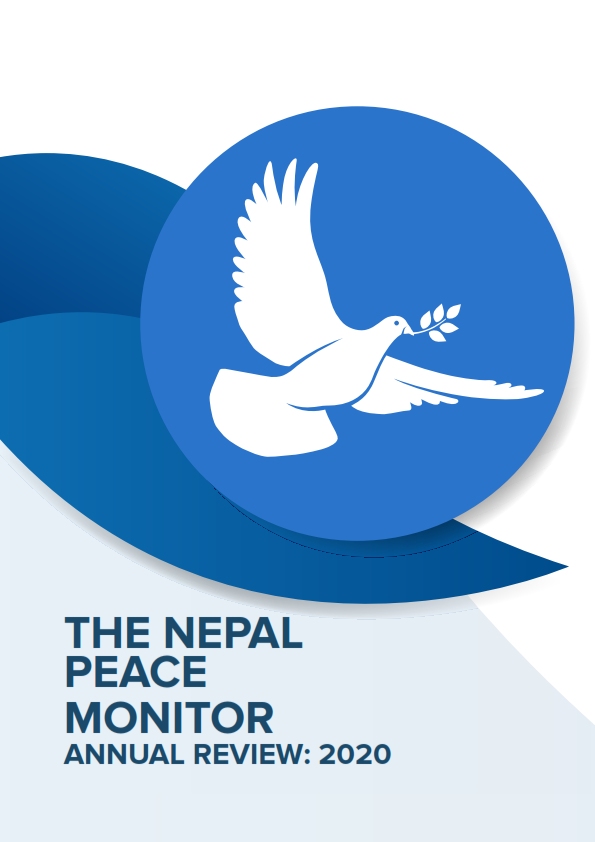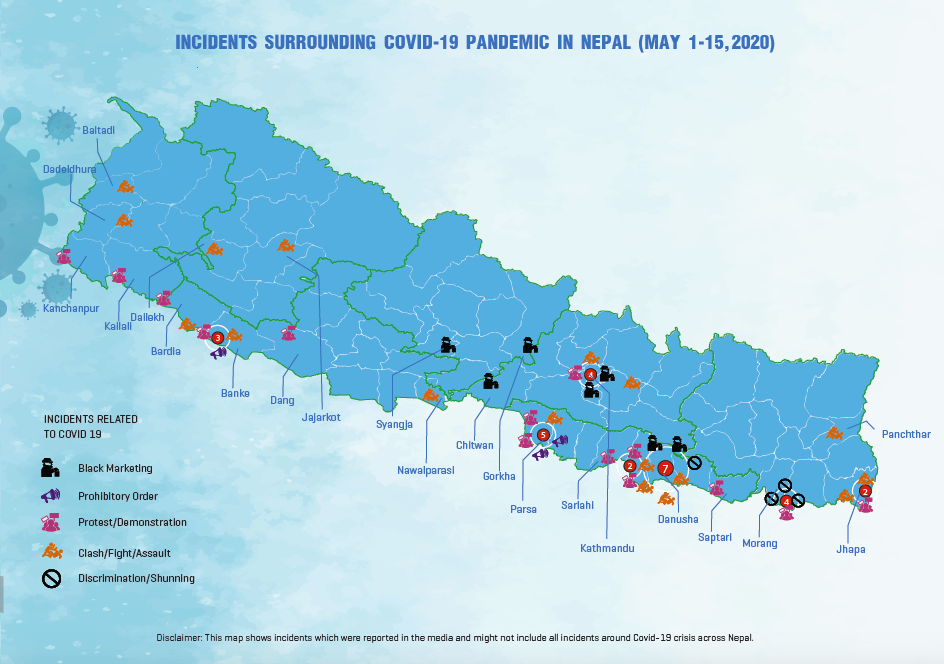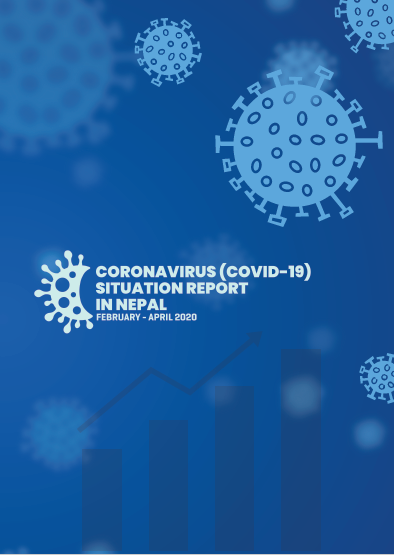Incident Reports
The Citizenship Debate -Chahana Sigdel Op-ed eKantipur
2015-01-08
The Citizenship Debate
As the deadline to promulgate the new constitution nears, rights defenders and single mothers are worried that the constitution will institutionalize what they call a 'regressive provision' that will require both ‘mother and father’ of an individual to be Nepali citizens as the basis of citizenship by descent. They are advocating for the retention of the 'OR' provision which would enable mothers to pass on their citizenship to their children. While the debate between 'AND' and 'OR' has picked up steam in the last few months, Nepal’s citizenship laws can be traced back to the 1950s.
Glide through the interactive timeline below and see how the 'citizenship debate' has unfolded in the last six decades.
By Chahana Sigdel
Source: FWLD
The Citizenship Act 1952
The first Citizenship Act was passed when Nepal became a democracy in 1952. This act provided citizenship on the basis of 'adiwasi'. To be an ‘adiwasi’
1. The person must be born in Nepal
2. Either father or mother had to be Nepali
3. Permanent residence in Nepal with a proper family
Advocates say this was 'progressive', given the context and time, as a person could acquire citizenship from either parent. There was, however, one exception: daughters born to Tibetan wives of Nepali men were not eligible.
Dec. 16, 1962
Source: FWLD
Nepal Constitution of 1962
This first Citizenship Act 1952 was adopted in the first constitution which means that Nepal's constitution in 1962 allowed mothers to pass citizenship to their children.
Feb. 28, 1964
Source: FWLD
Nepal Citizenship Act of 1964
Things took a turn in 1964 when the Panchayat overruled the Constitution of 1962 and repealed The Citizenship Act 1952. It also adopted a new law-- The Citizenship act of 1964, which was much more regressive and allowed for citizenship based on the descent but through fathers only.
1990
The Constitution 1990
The democratic movement was expected to be more progressive and women-friendly. However, instead of introducing a new provision, they continued with the Citizenship Act of 1964, which allowed citizenship only through fathers. As per the law, Nepali citizenship of descent may be conferred only subject to the condition that the father of a person in question is a Nepali citizen at the time of acquiring Nepali citizenship. As for naturalization, a foreign woman could acquire citizenship through marriage. However, A foreigner married to a Nepali woman could not acquire citizenship on the same grounds.
Citizenship Regulation 1992
Nepal Citizenship Regulation, 2049 (1992) prescribed the format for the application form and citizenship certificate, which also discriminates against women. For every application, women would have to mention the name, cast, and address of her father and husband and only women were to disclose their marital status.
2006
Citizenship Act of 2006
Fast forward to the People's Movement 2006. The Citizenship Act of 2006 emerged with the Madhes Movement, as citizenship was a key part of the agenda. This Act included the 'OR' provision wherein either parent could pass on the citizenship to their child, which, many hailed as progressive. The clause, however, was merely symbolic. Because:
The third section of the act states that “any person born at the time when his mother OR father is a citizen of Nepal shall be a citizen of Nepal by descent”. But, a sub-clause below mentions that the person has to prove that their father is not a foreigner, in order to get citizenship through descent. In simpler terms, individuals with Nepali mothers- foreign fathers only have the right to citizenship through naturalization, while the children of Nepali fathers-foreign mothers have the right to citizenship through descent.
Citizenship through descent is a right, whereas citizenship through naturalization is at the whim of the home ministry. It can be revoked anytime.
2007 Interim Constitution
Like the Citizenship Act 2006, the ‘OR’ clause in the interim constitution was also symbolic because a child born to a Nepali Mother- Foreign father could only get citizenship only through naturalization.
Nov 4, 2010, The agreement reached by the High-Level Political Taskforce Committee
In October 2010, a task force was formed to resolve the disputed issues of the first CA. This High-Level Political Taskforce Committee was able to gain consensus on 127 out of 210 disputed issues and citizenship was one of them. But instead of being progressive, this taskforce set introduced an even more 'regressive' provision- with the controversial ‘AND’ clause which includes the following:
• For citizenship through descent, an individual has to present the citizenship of both mother AND father who have to Nepali citizens through descent.
• A Nepali mother and an unidentified father also means citizenship through descent. But, if it is proved that the father is a foreigner, citizenship is changed to naturalized.
• A Foreigner married to a Nepali woman has to be a permanent resident of Nepal for 15 years but a foreigner married to Nepali men can acquire Nepali citizenship immediately
There are only three countries in the world that have such provisions
2011
FWLD
Sabina Damai
Meanwhile, in a landmark case, the Supreme Court grants citizenship to Sabina Damai, a ‘fatherless’ young girl. This is expected to set a precedent.
May 2014
At the second CA, the Constitution Records Study and Determination Committee, responsible for identifying agreements and disagreements of the first Constituent Assembly, forwarded the provision -- with controversial AND clause -- as 'settled' to the Constitution Drafting Committee (since the taskforce committee had declared it ‘resolved’). However, the Drafting Committee caught the error and advised that the issue needed further discussion.
Sept. 28, 2014
Sub-Committee recommends further discussion
As per the recommendation of the Drafting Committee, a sub-committee formed under the Political Dialogue and Consensus Committee suggested that the issues related to citizenship needed further discussion and should be tabled at the PDCC. But such discussion never took place, despite repeated protests from activists.
Sept. 2014
Protests start
With no subsequent output or discussion in the PDCC, protests have gained momentum in the last few months. There are now two options:
1. Media, civil society, advocates can give public input when the bill goes for public discussion, media and civil society can provide public input.
2. The CA members could also file an amendment proposal in the final bill.
Dec 21, 2014
Protesters held hands to form a human chain and walked from Maitighar to the Constituent Assembly (CA) hall on Wednesday, demanding that the new constitution allow children to acquire citizenship through their mothers. After the rally, the organizers submitted a letter signed by around 10,000 people from 13 districts to the CA chairperson Subas Nembang
Dec. 29, 2014
Ekantipur
In an interview with The Kathmandu Post Sadbhawana Party Co-Chairman and senior advocate, Laxman Lal Karna said that Nepali Congress and CPN-UML, "who see themselves as the guardians of Nepal’s nationality and sovereignty" are insisting on the ‘and’ provision."
National/Online Media
Related Reports
GBV / Siraha
Complaint lodged against a 30-year-old man on the charge of raping a 13-year-old teenage girl in Siraha
December 26, 2023
GBV / Okhaldhunga
52-year-old man arrested on the charge of sexually assaulting a 16-year-old teen girl in Okhaldhunga
Province 1, Okhaldhunga, Sunkoshi, Ward 8
December 03, 2023
GBV / Rupandehi
Complaint lodged against a 22-year-old youth on the charge of raping a minor girl in Rupandehi
August 29, 2023
Related Trend Analysis
Analysis

THE NEPAL PEACE MONITOR ANNUAL REVIEW: 2020
October 25, 2021
Human Trafficking / LGBT+ Rights / GBV / Political / Children’s Rights / Senior Citizens’ Rights / HRD Issues / Human Rights / Interpersonal Violence / Governance / Covid-19 / Civic-Space / PwD



